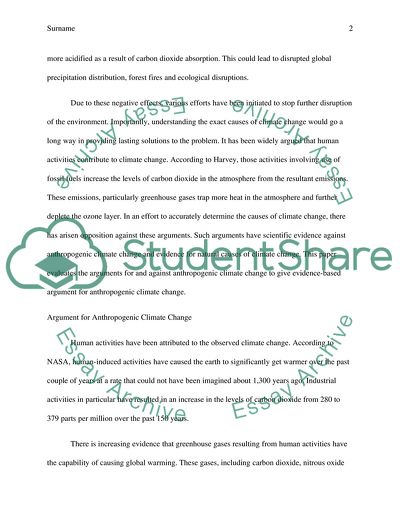Cite this document
(Arguing on Anthropogenic Climate Change Coursework, n.d.)
Arguing on Anthropogenic Climate Change Coursework. https://studentshare.org/environmental-studies/1810060-arguing-for-or-against-anthropogenic-human-caused-climate-change
Arguing on Anthropogenic Climate Change Coursework. https://studentshare.org/environmental-studies/1810060-arguing-for-or-against-anthropogenic-human-caused-climate-change
(Arguing on Anthropogenic Climate Change Coursework)
Arguing on Anthropogenic Climate Change Coursework. https://studentshare.org/environmental-studies/1810060-arguing-for-or-against-anthropogenic-human-caused-climate-change.
Arguing on Anthropogenic Climate Change Coursework. https://studentshare.org/environmental-studies/1810060-arguing-for-or-against-anthropogenic-human-caused-climate-change.
“Arguing on Anthropogenic Climate Change Coursework”. https://studentshare.org/environmental-studies/1810060-arguing-for-or-against-anthropogenic-human-caused-climate-change.


